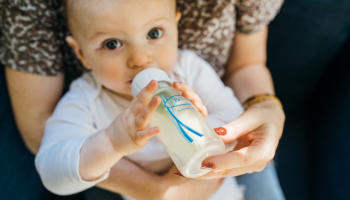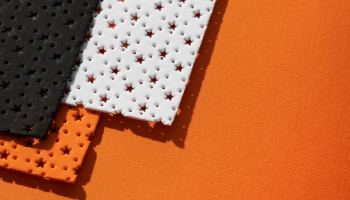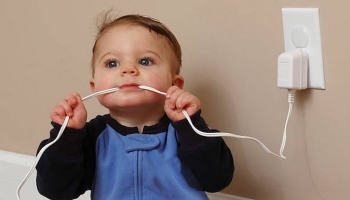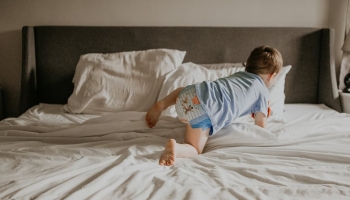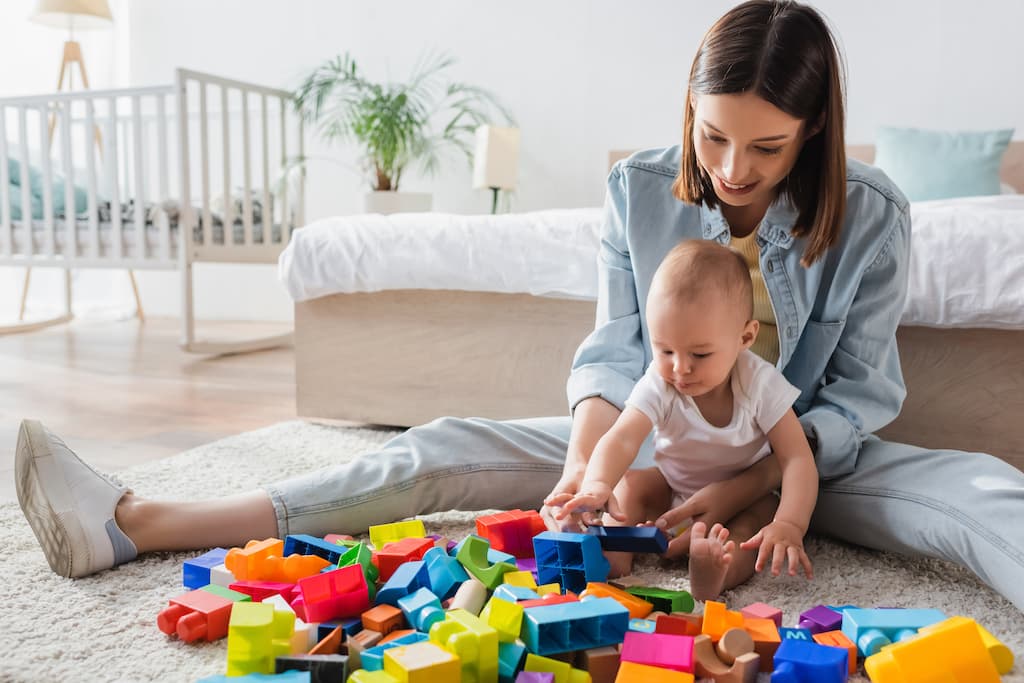
When it comes to providing a safe and portable space for infants and toddlers, pack and plays, or play yards, are a popular choice among parents. The ideal usage of a pack n play generally spans from the newborn baby stage up until a child is 2 to 3 years old. However, the precise age limit can vary depending on the child’s development. As a rule of thumb, parents should transition their child out of the pack n play when they reach the developmental milestone of climbing out, or they exceed the height and weight recommendations provided by the manufacturer. This versatile piece of equipment is designed to offer a convenient, enclosed area for play and infant sleep during the early years, aligning with the rapid growth and changing needs of young children while ensuring baby’s safety.
Key Takeaways
- Pack and plays are suitable for children from infancy until they are 2 to 3 years old.
- The transition away from pack and plays should occur when a child can climb out or surpasses the manufacturer’s height and weight limits.
- They provide a secure, adaptable environment for play and baby sleep, adjusting to the evolving requirements of early childhood.
Understanding Pack n Play Age Limits
Pack and plays are designed to be a convenient and baby safe space for babies and toddlers, but they are not suitable for all ages. The age limit for pack n play usage is not just a number—it aligns closely with your child’s growth and developmental milestones. Generally, manufacturers recommend that pack and plays be used for children who are less than 35 inches tall and weigh under 30 pounds. This typically corresponds to children who are between newborn and 2 to 3 years old.
However, the more critical measure is your child’s physical capabilities. Before reaching the maximum height or weight limit, your child may exhibit the ability to climb out of the pack n play, which is a clear sign that it’s no longer a safe environment. Most children reach this stage around 2 years old, but some may show these skills earlier. This is why close attention to your child’s development and safety guidelines is crucial.
For parents, understanding these guidelines is about more than just numbers; it’s about observing your child and being aware of their abilities. A child who is particularly tall for their age or who develops motor skills quickly may need to transition out of the pack n play sooner than others. Conversely, a smaller child or one who is not as physically active may be able to use the pack n play safely for a longer period.
In addition to height and weight, consider your child’s activity level and mobility. Once a child is able to pull themselves up, the pack n play’s mesh sides can become leverage points for climbing, which poses a risk of falling. Similarly, if your child is attempting to climb out or seems cramped in the space, it’s time to consider alternative sleeping and play yard arrangements.
Adhering to these age and development limits ensures that the pack n play remains a secure spot for your child. Regularly checking the manufacturer’s guidelines and assessing your child’s growth and abilities will help you make the right decision about when to move on from the pack n play.
Recognizing Developmental Milestones Related to Pack and Play Use
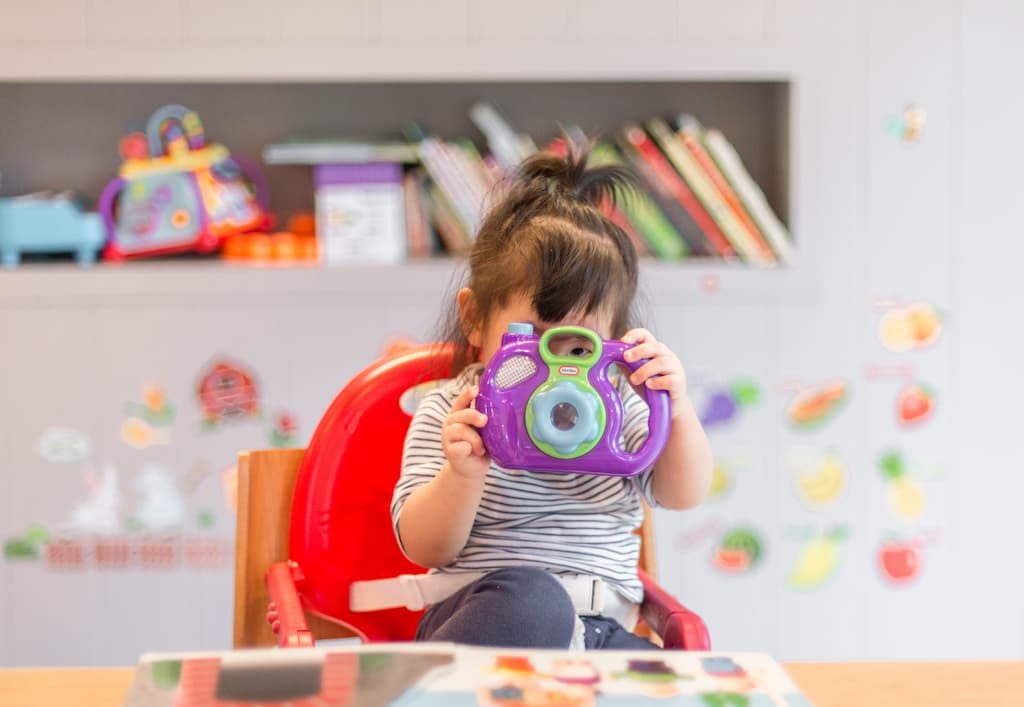
The pack and play is an excellent tool for parents during the early stages of a child’s life, serving as a portable bed and a safe play area. However, as children grow and reach new developmental milestones, their needs change. Typically, a child might start to sit up unassisted around six months, pull to stand by nine months, and take their first steps around the one-year mark. As these milestones are achieved, the pack and play may become less suitable. For instance, children who can pull themselves to a standing position may try to climb out of the pack and play, increasing the risk of injury and concerns about sudden infant death syndrome.
Safety is paramount, and as your child becomes more mobile, the pack n play’s sides, though sturdy, are not designed to contain an adventurous toddler. The clear sign that it’s time to transition out of the pack and play is your child’s ability to climb or attempt to climb out. At this point, even if they have not reached the maximum height and weight limits, the pack and play is no longer a secure option for them.
Safety Features and Age Appropriateness
Pack and plays are engineered with various safety guidelines to protect infants and older babies. These include sturdy frames, breathable mesh sides, and a firm mattress. However, as your child grows, these features can become less effective and even problematic if used beyond the recommended age limit.
Age appropriateness is about ensuring that the pack n play’s safety features align with your child’s developmental stage. For example, the mesh walls are excellent for ventilation and visibility for infants, but for a toddler, they can be a foothold for climbing. Similarly, the mattress is designed for babies who need firm support, but it may not provide the comfort required for older toddlers during longer periods of baby sleeps.
Safe Sleep and Play in the Pack n Play
To maintain a perfectly safe environment in the pack n play, it is essential to follow safe sleep guidelines and recommended safety guidelines strictly. These guidelines help to prevent sleep-related infant deaths and ensure your child’s safety.
- Avoid Loose Bedding and Extra Bedding: Loose bedding or extra bedding can be a significant suffocation hazard for infants. Stick to the play mattress that comes with the pack n play, as it is designed to fit snugly without leaving dangerous gaps.
- Use Only Approved Sheets: While third party sheets might seem like a comfortable addition, they may not fit the mattress as intended and can create unsafe sleeping conditions. Always use sheets designed specifically for your model of pack n play.
- Keep the Space Free of Soft Toys: Soft toys may seem harmless but can also pose a suffocation risk. It’s best to keep them out of the pack n play during sleep times.
- Proper Use of Diaper Changing Stations: If your pack n play comes with a diaper changing station, always follow the manufacturer’s instructions for use. Never leave your baby unattended on the changing station, as it can lead to falls or other injuries.
- Monitor for Wear and Tear: Regular inspections of the pack n play can prevent accidents by ensuring all parts are in good condition and the product is safe to use.
Adhering to these recommended safety guidelines will help create a secure environment for your child, whether they are engaged in active play or peaceful sleep. It’s these practices that contribute to making the pack n play a safe and reliable choice for parents.
When to Transition Out of the Pack and Play
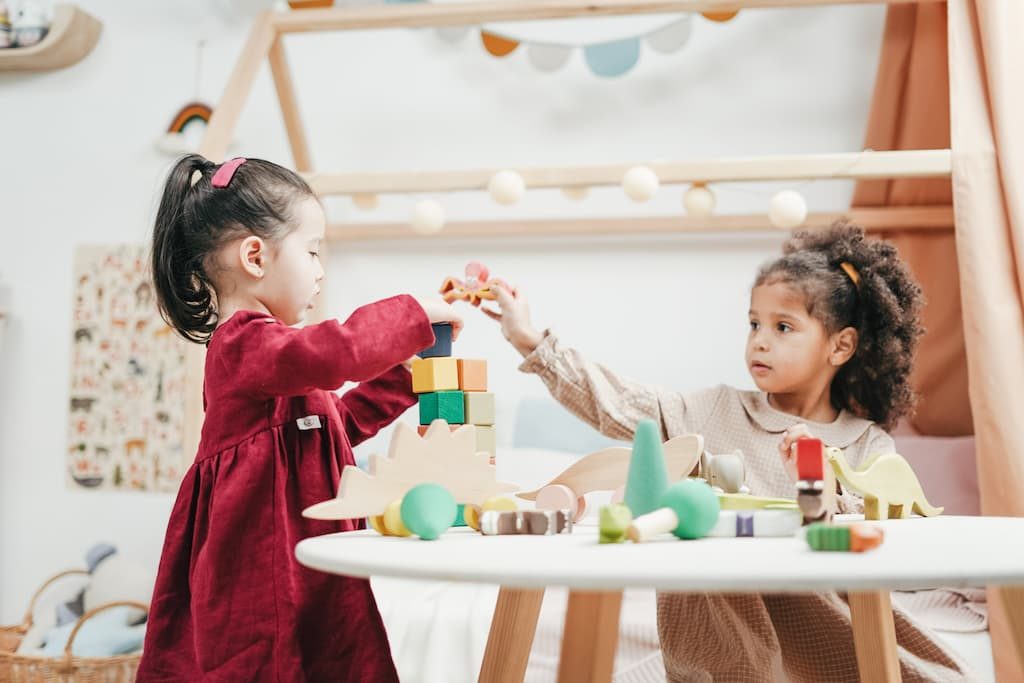
The transition from pack n play to a toddler bed or an alternative play area is a significant milestone. This transition should be considered when your child shows signs of being too big or too active for their pack n play. Signs to watch for include the child’s ability to climb out, reaching the height limit (usually around 35 inches), or if they seem uncomfortable or restricted in the pack n play.
To make the transition smoother, start by introducing your child to the new baby sleep environment gradually. Spend time with them in their new bed or play area and encourage them to explore and get comfortable. Consistency in routine can also ease the transition. If the pack n play is used for infant sleep, maintain your child’s bedtime routine when shifting them to a new bed. For playtime, ensure that the new area is also baby safe and engaging for your child.
The key is to observe your child and make the change before the pack n play becomes a safety concern. By staying attuned to your child’s growth and readiness cues, you can ensure a smooth and safe transition to the next stage of their development.
Conclusion
The pack and play is a transitional item, with an age limit generally up to 3 years old, depending on a child’s size and development. Vigilance in recognizing when your child has reached this threshold is key. Once they exhibit the ability to climb out or have reached the manufacturer’s height and weight limits, it’s time to move on to a safe sleeping and play alternative. By staying aware of your child’s growth and respecting the pack and play age limit, you can ensure their safety and well-being.
Frequently Asked Questions
What is the weight limit for a pack and play?
The weight limit for a pack and play varies depending on the manufacturer and model. Generally, the weight limit is around 30 pounds, but some models can hold up to 50 pounds. It is important to check the weight limit of your pack and play before using it.
How long can a baby sleep in a pack and play?
A baby can sleep in a pack and play for as long as it is comfortable and safe. However, it is recommended that babies sleep in a crib after they outgrow the pack and play. The American Academy of Pediatrics recommends that babies should sleep in the same room as their parents for at least the first six months of life.
Can a baby suffocate in a pack and play?
Yes, a baby can suffocate in a pack and play if they roll over onto their stomach or if there are any loose blankets or toys in the pack and play. To prevent suffocation, it is important to follow the manufacturer’s instructions and use a firm, flat mattress and a fitted sheet. It is also important to remove any loose blankets or toys from the pack and play.
When should a baby stop using a pack and play?
A baby should stop using a pack and play when they are able to climb out of it or when they reach the weight or height limit specified by the manufacturer. It is important to transition the baby to a crib when they outgrow the pack and play.
What age can you use a pack and play bassinet?
A pack and play bassinet can be used from birth until the baby reaches the weight or height limit specified by the manufacturer. It is important to follow the manufacturer’s instructions and use a firm, flat mattress and a fitted sheet. It is also important to remove any loose blankets or toys from the pack and play bassinet.



